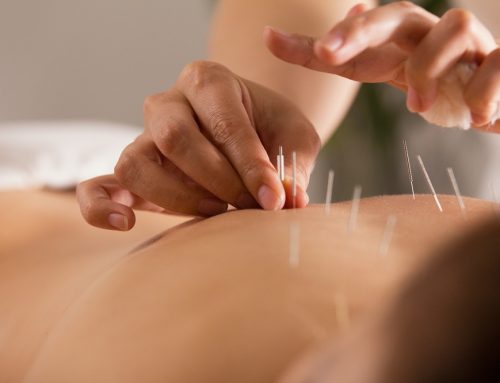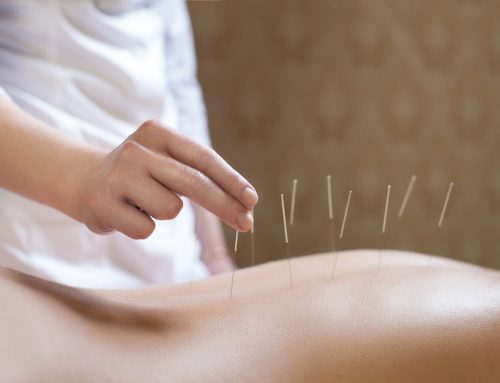In January 2014, well-known researcher Dr. Wilmar Wiersinga, shared his thoughts about four primary paradigm shifts regarding thyroid hormone replacement therapy for hypothyroidism in the Nature Reviews Endocrinology medical journal.
1. The First Effective Treatment Method: Until the later part of the 19th century, there was no treatment available for hypothyroidism. London physician Dr. George Murray discovered a means of reversing the severe forms of the condition in patients through sheep thyroid extract injections in 1891. Building on that treatment, tablets of ground or fried sheep thyroid or tablets and dried thyroid tissue were offered as the first effective remedy.
2. Levothyroxine gains favor: A synthetic form of the naturally occurring hormone thyroxine began to edge out natural desiccated, or dehydrated, thyroid from 1960 through the 1980’s. As the desiccated forms decreased, prescriptions for synthetic levothyroxine rose steadily, surpassing older treatments in 1978. By the late 1980’s the vast majority of hypothyroidism was treated with levothyroxine(T4).
3. New Thoughts Regarding Combination Therapy: According to Dr. Wiersinga, there is evidence to support that comninations of levothyroxine and liothyronin (T3) or natural desiccated thyroid, may prove most effective in patients needing full thyroid removal. Previous animal experiments revealed that patient group to be unresponsive to treatment with levothyroxine alone. To achieve normal T4 and T3 levels in body tissues, euthyroidism, both hormones provide the best recovery. Because the experiments, conducted in the 1990’s, were not conclusive, Dr. Wiersinga suggests further study to determine whether certain genetic predispositions make therapy more suitable for certain patients. Then, Dr. Wiersinga points out, ”a third paradigm shift in the treatment of hypothyroidism might occur—perhaps heralding the use of personalized medicine in this setting.”
4. Stem Cells Point to New Treatment Option: Dr. Wiersinga referred to a 2012 study when considering the use of embryonic stem cells for thyroid tissue generation. The possibilities of this work could lead to a patient’s ability to generate a fully functional thyroid and a fourth shift in hormone replacement therapy for hypothyroidism.
Dr. Wiersinga strongly supports combination therapy and adherence to the European Thyroid Association’s guidelines for T4+T3 therapy.
Read the full article here: Major Changes in Hypothyroidism Treatment: Natural Thyroid, T4, New Options


